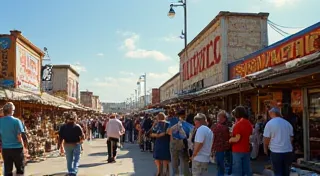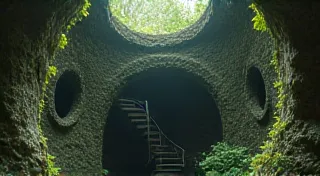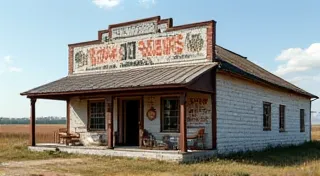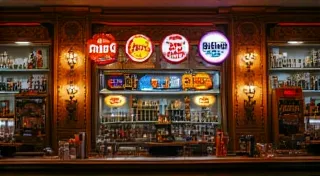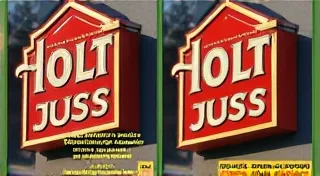Cast Metal Signs: A Durable Form of Advertising
Vintage advertising signs offer a fascinating window into the past, showcasing not only the products of bygone eras but also the artistry and craftsmanship of their advertising. Among the many types of advertising signs that existed, cast metal signs stand out for their durability, distinctive appearance, and the stories they tell. This article explores the characteristics of these enduring pieces of antique advertising and the products they often promoted.
What Defines a Cast Metal Sign?
Cast metal signs, as the name suggests, were created using a casting process, typically using materials like iron, zinc, or occasionally aluminum. Molten metal was poured into a mold, allowed to cool and harden, and then the resulting sign was often finished with paint or enamel. This method provided a robustness that other types of advertising, like cardboard or lithographed tin, simply couldn’ a match. While cast metal signs are iconic, they are just one piece of a much broader spectrum of vintage advertising. For those interested in the comprehensive landscape of advertising ephemera, understanding the subtleties and fragility of different sign types is key. For example, the methods employed to create paper signs were drastically different, resulting in a far more delicate product.
Common Products Promoted on Cast Metal Signs
The range of products advertised on cast metal signs was vast, reflecting the breadth of industries at the time. Here are some common categories:
Several features contribute to the appeal and collectibility of cast metal advertising signs:
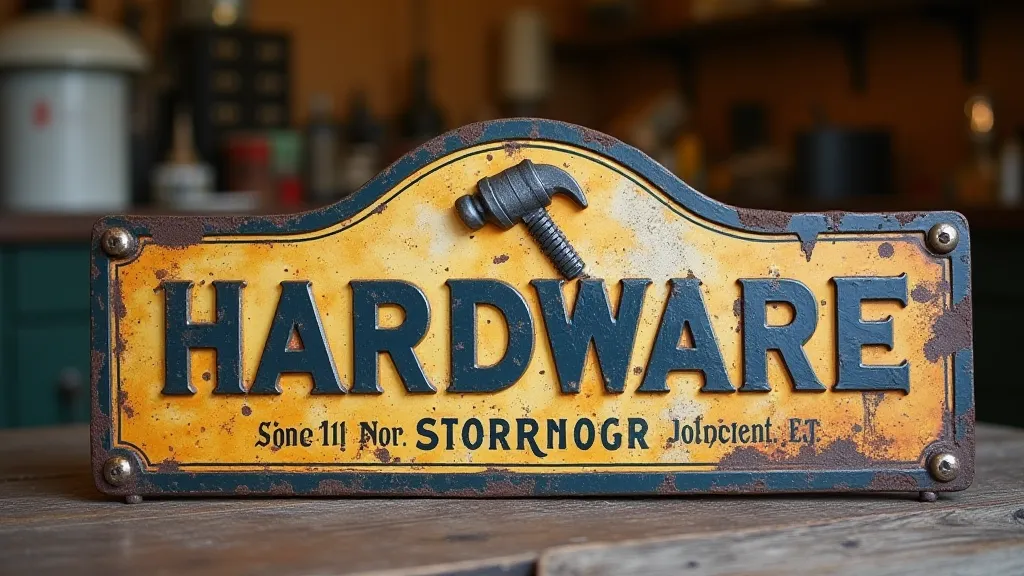
While the patina of age is generally desirable, excessive rust or damage can negatively impact a sign's value. Preservation efforts often involve careful cleaning (avoiding harsh chemicals that can remove the original paint) and protective coatings to prevent further deterioration. Displaying these signs in a protected environment away from direct sunlight and moisture is also crucial. The varying degrees of fragility between different sign types can make preservation a complex undertaking. For instance, porcelain enamel signs often require very different preservation techniques compared to cast metal. If you’re interested in learning more about the care and preservation of a different classic advertising format, you might find the enduring appeal of porcelain enamel advertising signs to be informative.
Cast metal advertising signs represent more than just advertising; they’re tangible pieces of history. They evoke a sense of nostalgia and offer a glimpse into a bygone era of American industry and consumerism. Their durability, distinctive aesthetic, and the stories they tell make them highly sought-after collectibles for enthusiasts and historians alike. The collecting world has its own established etiquette for buying, selling, and trading these treasures, ensuring the preservation and fair distribution of these historical artifacts. Collectors can find a wealth of information about these nuances by exploring resources focused on sign collecting etiquette.
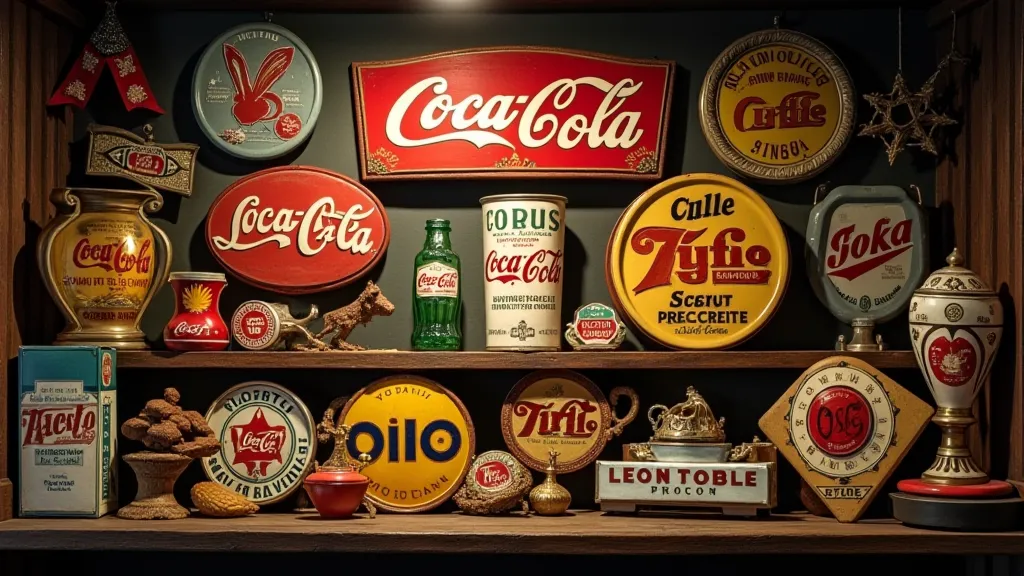
The Casting Process: A Closer Look: The creation of these durable signs began with the design of a mold, typically made of sand or metal. The molten metal, often heated to extremely high temperatures, was then carefully poured into the mold. The cooling process was critical, as it determined the final shape and integrity of the sign. Skilled artisans often used specialized techniques to ensure a smooth surface and sharp details. Different casting methods, such as sand casting, investment casting, and die casting, were employed depending on the desired complexity and production volume.
Materials: A Matter of Strength and Aesthetics: Iron was a common choice for its strength and affordability, while zinc offered a brighter finish and greater detail capability. Aluminum, though less common due to its higher cost, provided a lighter weight and resistance to corrosion. The choice of material often depended on the brand's image and the intended use of the sign. Iron signs were typically used for outdoor advertising, while zinc signs were often used for indoor displays or promotional purposes.
Design Evolution: Reflecting Changing Tastes: The designs of cast metal signs evolved alongside changing consumer tastes and advertising trends. Early signs often featured simple, bold lettering and limited graphics. As printing technology improved, signs became more elaborate, incorporating intricate illustrations and vibrant colors. The Art Deco period brought a distinct style characterized by geometric patterns and stylized imagery. The mid-century modern era embraced a clean, minimalist aesthetic.
The Rise of Brand Loyalty: Cast metal signs played a vital role in building brand loyalty during the early days of consumerism. Companies used these signs to create a sense of familiarity and trust among potential customers. The prominent display of a brand's sign outside a business or on a rural property helped to establish its presence and reputation within the community.
Rural Advertising: Reaching the Farming Community: In rural areas, cast metal signs were particularly important for reaching the farming community. Companies selling farm equipment, agricultural supplies, and other essential goods used these signs to advertise their products in a region where traditional media was limited. These signs often appeared on barns, silos, and along country roads, becoming an integral part of the rural landscape.
Collecting and Preservation: Ensuring Their Survival: Today, cast metal advertising signs are highly sought-after collectibles. Their value depends on several factors, including rarity, condition, and historical significance. Collectors often take great care to preserve these signs, cleaning them gently and protecting them from the elements. Some collectors even restore damaged signs, carefully replicating the original paint and finish.
